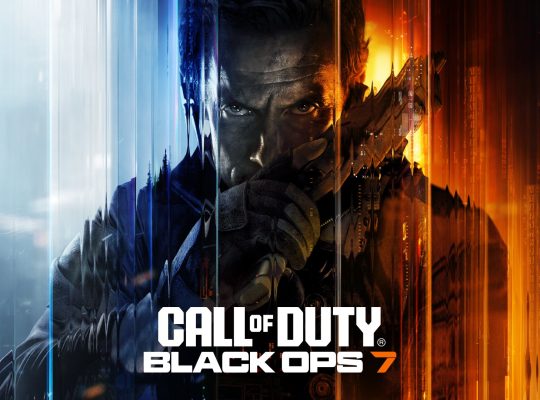The gaming industry is once again feeling the pressure of economic shifts, with console prices climbing, new tariffs looming, and developers struggling to adapt. For gamers, 2025 is shaping up to be one of the most expensive years yet—and it’s not just because of the price tags on new titles.
Nintendo Switch 2 Faces Heavy Tariffs
One of the most significant developments is the 145% import tariff the U.S. is expected to impose on foreign-manufactured electronics, including game consoles. Nintendo’s upcoming Switch 2, set to launch in June 2025, is already seeing potential pricing ramifications as a result.
The console is expected to retail at $450 for the base model, with a Mario Kart World bundle priced at $499.99. While the bundle offers value on paper, the additional tariffs could make U.S. consumers think twice before purchasing—especially if resellers and shipping fees push prices even higher.
PlayStation 5 Price Hike Confirmed
Sony has officially announced that it will raise the price of the PlayStation 5 by 25% in select regions, citing increased production costs and international tariffs. This move has sparked concern among fans, especially those in areas already struggling with limited console availability or inflated third-party resale markets.
Game Studios Under Fire
While consoles are becoming more expensive, the development side of gaming isn’t faring much better. Multiple studios have faced massive layoffs, restructuring, or full closures in recent months—an unsettling trend that’s forcing developers to shift toward more sustainable models.
Free-to-play games like Fortnite continue to dominate revenue charts, with publishers leaning heavily into microtransactions and battle passes to recoup development costs. Unfortunately, this has led to fewer risks being taken in AAA development, and more games being released in early access or unfinished states.
The Bottom Line for Gamers
The end result? Gamers are caught in a tough spot. With rising console prices, more expensive subscription services, and games riddled with monetization strategies, many are rethinking how much value they’re really getting. What used to be a $60 experience has ballooned into a recurring investment—one that no longer feels optional.









